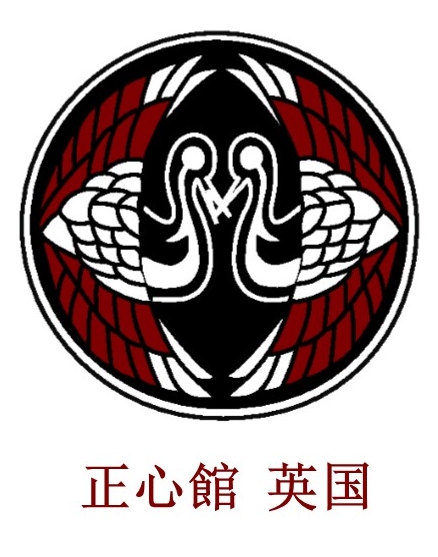T
TATE HIZA/IAI HIZA – Kneeling with one knee raised
TAITO - Putting the sword into the belt
TEITO - Holding the sword loose by the left side. Also used when the sword is in the belt and both hands are loose at the sides
TACHI REI - Standing bow
TO REI - Bow to sword
TATE - Standing, upright
TATE ICHI MON JI - A vertical line
TENUGUI - Small hand cloth to wipe the face/worn under the helmet in Kendo
TABI - Japanese sock-slippers used in the dojo
TACHI - Standing
TAIKAI - Competition/great meeting
TAMESHIGIRI - Test cutting
TATE HA - Standing edge, draw with edge up
TSUKI - Thrust
TATE NOTO - Standing Noto, blade replaced with cutting edge facing up
TE NO UCHI - Grip on sword with fingers pulling into palm
TACHI - Old style sword, (Koto) mounted edge down
TACHI, DAITO, KATANA, = 2+ Shaku in length
TANTO - a knife-sized short sword, typically less than 1 SHAKU in length
TO - Sword, curved type, single edge
TOME TE - Stopping hand, one that is defensive
TACHI-MEI - The side with the signature
TSUBA MOTO - 1/3 of blade nearest Tsuba
TSUKA - Handle
TSUKA MAKI - The style, or pattern, or method of wrapping the handle
TSUKA ITO - The material used to wrap the handle, Silk, Leather, etc.
TSUBA - Sword guard
TAI SABAKI - Body movement
TENKAN Moving one foot behind the other to face 180 degrees.
TSUGI ASHI Half step, rear foot up to front then front forward again.
TEKI - Opponent
TORI - Attacker
TANDEN - Centre of balance below navel
TE - Hand
TE KUBI - Wrist
U
USHIRO - Rear, behind
URA - Back
UCHI - Inside
UE - Up
UCHI - Strike
UKE NAGASHI - Receive and deflect
UCHIOTOSHI-WAZA - A downward strike used to knock the sword away or out of the opponent's hands
UCHIKOMIGEIKO - Continuous attack practice
UCHI GATANA - Inside sword, forerunner of Katana, worn in belt
URA (for Tachi) - Side that faces the hip
UCHIDACHI (UCHI TACHI) Entering/attacking sword in partner practice
UKE - Receiver (of technique)
UDE - Arm in general
URA - Back
W
WAKARIMASU - I understand
WARUI - Bad
WAKI GAMAE - Sword pointed down and back, for a Sutemi (sacrifice) Waza. Usually sword on right side (Migi Waki Gamae) left foot forward. Other purpose - hiding length of sword
WAZA - Technique
WAKIZASHI - equivalent to SHOTO, the shorter sword in a DAISHO pair, typically less than 2 SHAKU in length
Y
YUDANSHA - Members with dan grades
YAME - Stop
YOI - Ready
YUKKURI - Slow
YURU YAKA NI - Smooth
YOKO ICHI MIN JI - A horizontal line
YOKO - Horizontal, to the side
YOKO GIRI – Horizontal cut
YOKO CHIBURI - Horizontal Chiburi, move to the side
YARI - Spear
YASURI MEI - File marks on tang
YAKIBA - Yaki = fired, Ba (Ha) = edge, the hardened part of the blade near the edge
YOKOTE - Line between edge plane and tip plane
YOKOMEN - Side of head
YUBI - Finger/toe
Z
ZA REI -Kneeling bow
ZORI - Japanese sandals for use outside the dojo
ZEKKEN - Chest patch embroidered with own name and dojo name
ZANSHIN - Awareness, watchfulness, "lingering heart" TSUKI - Thrust
Seishinkan Dojo
Glossary of terms
On this page and the following pages we have included an alphabetical listing of most of the Japanese words, terms or expressions you are likely to encounter. The list which is shown with the Japanese word leading first is not comprehensive, but does allow you to familiarize yourself with technical jargon that you will come across during practice.









